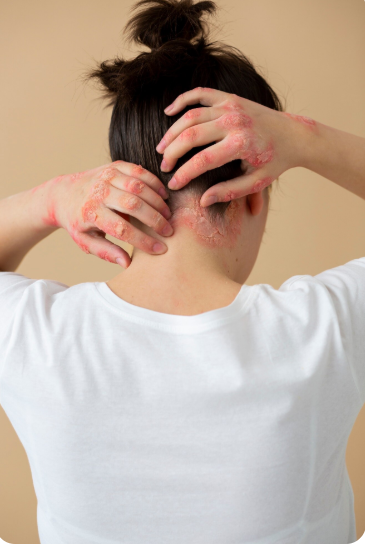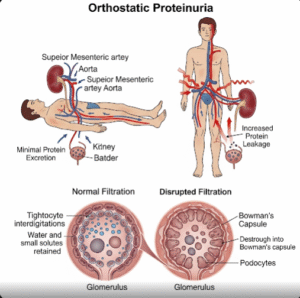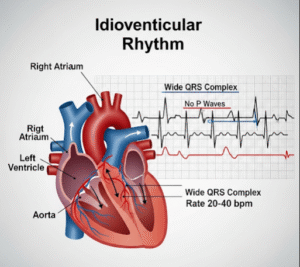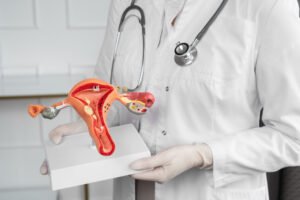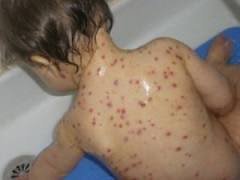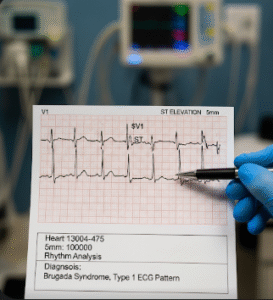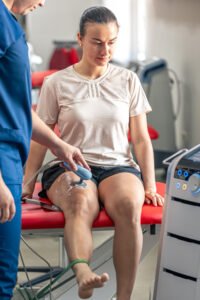Overview
Hansen’s Disease, commonly known as leprosy, is a chronic infectious disease caused by Mycobacterium leprae. In Korea, the incidence of Hansen’s Disease has significantly declined due to effective public health measures, early detection, and treatment programs. Specialized medical care is available for diagnosis, treatment, and rehabilitation, minimizing complications and social stigma.
What is Hansen’s Disease?
Hansen’s Disease affects the skin, peripheral nerves, and mucous membranes. It progresses slowly and can lead to permanent nerve damage, deformities, and sensory loss if untreated. While highly contagious in untreated cases, Hansen’s Disease is now rare in Korea, with most cases effectively managed with multidrug therapy (MDT).
Symptoms
- Skin lesions that are lighter than normal skin color
- Numbness or tingling in affected areas
- Muscle weakness, particularly in hands and feet
- Thickened peripheral nerves
- Loss of sensation in fingers and toes
- Eye involvement, leading to vision problems in advanced cases
Causes
Hansen’s Disease is caused by infection with Mycobacterium leprae, a slow-growing bacterium. Transmission occurs primarily through prolonged close contact with untreated individuals, often via respiratory droplets. Genetic susceptibility and immune response play roles in disease progression.
Risk Factors
- Close contact with untreated patients
- Living in areas with historical prevalence of the disease
- Weakened immune system
- Genetic predisposition to infection
- Delay in diagnosis or access to treatment
Complications
If left untreated, Hansen’s Disease can lead to:
- Permanent nerve damage and loss of sensation
- Deformities of hands, feet, and face
- Muscle weakness and paralysis
- Chronic ulcers and secondary infections
- Social stigma and psychological impact
Prevention
- Early detection through regular medical check-ups
- Prompt initiation of multidrug therapy (MDT) in diagnosed patients
- Avoiding prolonged close contact with untreated cases
- Public health education to reduce stigma and encourage early treatment
Treatment Options in Korea
Korean healthcare facilities provide effective treatment for Hansen’s Disease:
- Multidrug Therapy (MDT):
- Standard treatment includes dapsone, rifampicin, and clofazimine, administered under supervision for 6–12 months depending on disease type.
- Monitoring and follow-up:
- Regular check-ups for nerve function, skin lesions, and overall health.
- Reconstructive surgery:
- For patients with deformities or functional impairments, surgical options are available at specialized hospitals like Seoul National University Hospital and Asan Medical Center.
- Rehabilitation and physiotherapy:
- Programs to improve mobility, prevent contractures, and maintain independence.
- Public health support:
- Korean public health centers offer counseling, education, and support to reduce stigma and facilitate social reintegration.
With early diagnosis and proper treatment in Korea, Hansen’s Disease is curable, and patients can lead normal lives without long-term disability.

